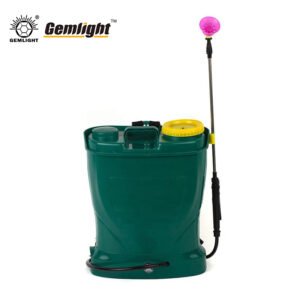1. What is a machete sickle and how is it used?
A machete sickle combines the sharpness of a sickle with the durability of a machete. I use it for cutting tall grass, clearing brush, and harvesting crops efficiently.
Its curved blade allows me to gather and cut vegetation in a single motion, saving time and energy on the farm. Choosing the right size ensures I can handle heavy-duty tasks without straining my hands or arms.
2. How does a billhook sickle machete work?
The billhook sickle machete has a hooked blade that makes chopping vines and small branches easier. I can pull and slice simultaneously, which is helpful when clearing shrubs or harvesting crops like cassava.
Its design improves control and precision. For African farming, this tool reduces repetitive strain and speeds up work, especially in dense fields or gardens.

3. Why choose a long-handled sickle machete for farming?
A long-handled sickle machete extends my reach, letting me cut tall grass and weeds without bending. I prefer it when clearing large fields, as it reduces fatigue and maintains proper posture.
The extra leverage makes cutting thicker stems easier. Selecting the right handle length balances power and comfort, which is essential for daily farm work.
4. Machete vs sickle: Which tool is better for farm work?
I use a machete for heavy clearing and chopping, while a sickle is better for precise harvesting. For dense brush, the machete’s long blade saves time.
For grains, vegetables, or sugarcane, the sickle gives more control. Often, combining both tools ensures efficiency. Understanding each tool’s strength helps me work smarter rather than harder.
5. Is it sickle or scythe?
A sickle is a hand-held curved blade, ideal for close-range harvesting. A scythe has a longer handle and requires a swinging motion.
I use a sickle when working in tight spaces and a scythe for wide-open fields. Both cut crops effectively, but the sickle fits the needs of African small-scale farms better due to its portability and precision.

6. Which tool is called sickle?
Any hand-held curved blade used for harvesting is called a sickle. I often see farmers call it simply a “cutting tool.” Its distinctive C-shape allows me to hook and slice stems efficiently.
Recognizing a sickle helps me choose the right tool for specific crops, like grains, vegetables, or sugarcane, ensuring faster and safer harvests.
7. What is the difference between a scythe and a machete?
A scythe is long-handled and swings in wide arcs, cutting crops in rows. A machete is shorter, stronger, and designed for chopping brush or clearing land.
I rely on a machete for heavy-duty clearing, while a scythe suits large fields of grass or grain. Knowing the difference helps me select the correct tool for the task, saving effort and improving results.
8. What is an African machete called?
In Africa, machetes often have local names depending on the region and shape. Some farmers call it a “panga,” which is a versatile tool for cutting, clearing, and farming.
I choose a machete based on blade shape, weight, and balance. Understanding local terms helps me communicate with other farmers and ensures I buy a tool suitable for my land and crops.

About us:
Dingzhou Gemlight Cutting Tools Co., Ltd.,With a solid foundation since 1990, Gemlight machete is a trusted name in the field of cane machete manufacturing. We focus on R&D, design and production to produce high quality wholesale china machete and shovel,hoe,pickaxe,sickle,farm tools.
Gemlight Machete factory Based in Baoding, Hebei, China, we benefit from efficient logistics and fast delivery. Our products have been well received in more than 50 countries, thanks to our commitment to customer satisfaction




